Gas monitoring in
health applications
Breath analysis has proved to be a promising tool for better diagnosing and treating certain diseases. By accurately detecting and measuring gases present in exhaled air, such as ethanol and CO2, NDIR gas sensors offer a reliable, non-invasive method for assessing human health parameters.
In this section, we review the principles behind breath gas monitoring using NDIR technology and its potential applications in the diagnosis and treatment of disease. We examine how these advanced sensors can contribute to early detection, precision medicine and personalized healthcare.
Gases in exhaled air : their potential role in medical diagnostics
Certain gases present in exhaled breath can be effectively monitored using dedicated tools such as NDIR (Non-Dispersive Infrared) gas sensors. This monitoring process plays a crucial role in non-invasive medical diagnostics.
Ethanol is a notable gas that can be analyzed in exhaled air. It is associated with the consumption of alcoholic beverages. By using an exhaled breath ethanol analyzer, it is possible to accurately measure ethanol levels in breath, providing a reliable indicator of alcohol intoxication.
This approach to assessing ethanol concentration offers a more precise solution than simple breathalyzer tests and serves as a non-invasive alternative to evidencial blood tests. It enables convenient and rapid screening in various contexts, including forensic investigations, roadside checks, and alcoholism treatment programs.

Also, CO2 and acetone are natural by-products of metabolism and play a crucial role in the body’s respiratory and metabolic processes.
Monitoring CO2 and acetone levels in exhaled air can provide valuable information on various health problems.
We also analyze nitrous oxide levels in exhaled breath. Nitrous oxide, known for its euphoric properties, has unfortunately become a subject of societal concern, particularly due to its excessive use by young individuals. It is crucial to be aware that prolonged and misuse of nitrous oxide can lead to serious health risks, including asphyxiation and neurological problems.
Our dedicated articles
Our expertise:
the non-dispersive infrared
spectroscopy
A non-dispersive infrared sensor consists of a detector that measures the amount of infrared light at a specific wavelength that is absorbed by a sample.
An infrared light passes through the chamber to the detector. The gas of interest causes an absorption of energy at a specific wavelength. This attenuation is measured by the detector to determine the concentration of the gas. The detector is preceded by a bandpass optical filter that eliminates all other wavelengths that the selected gas molecules may absorb.

